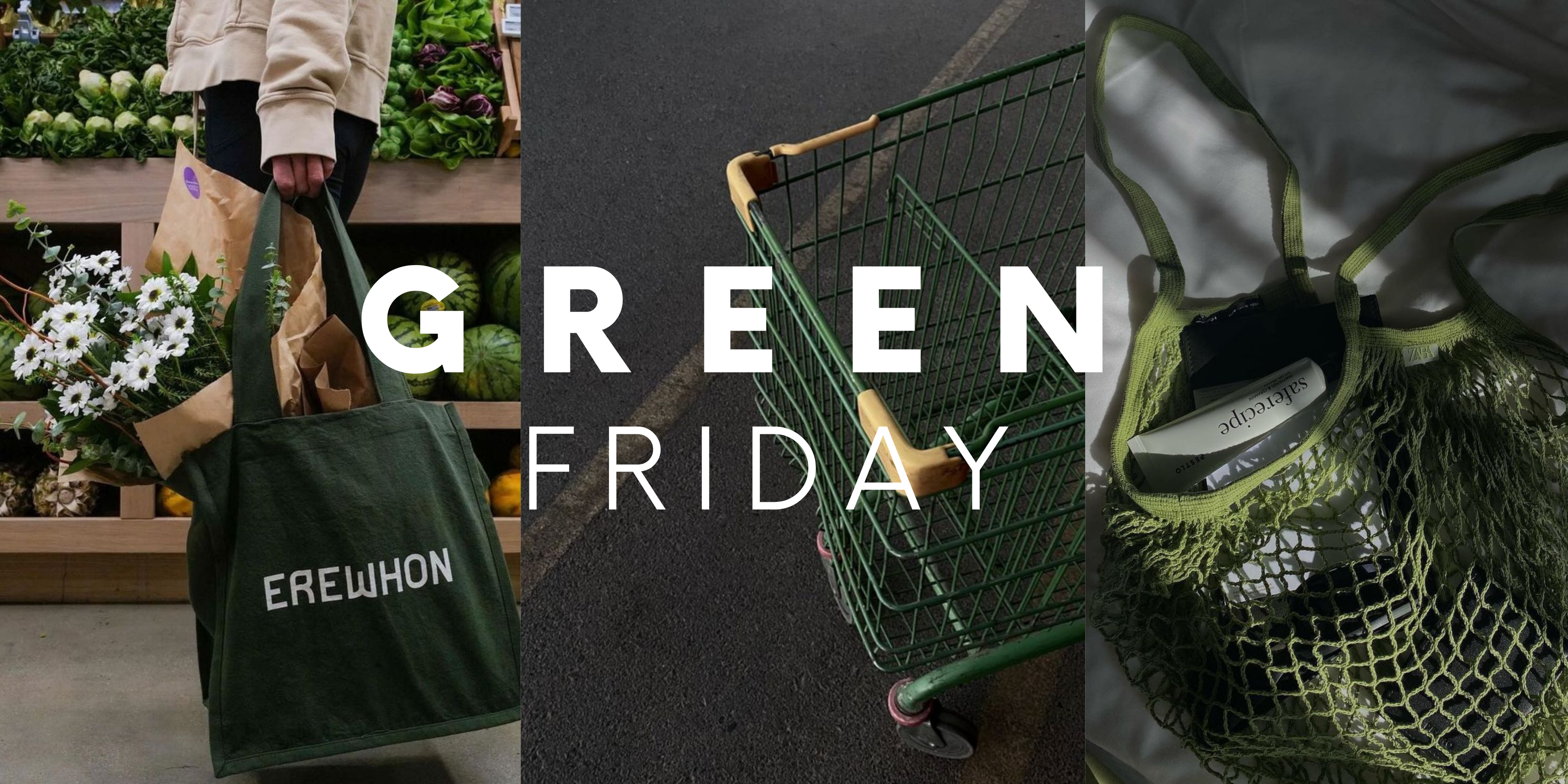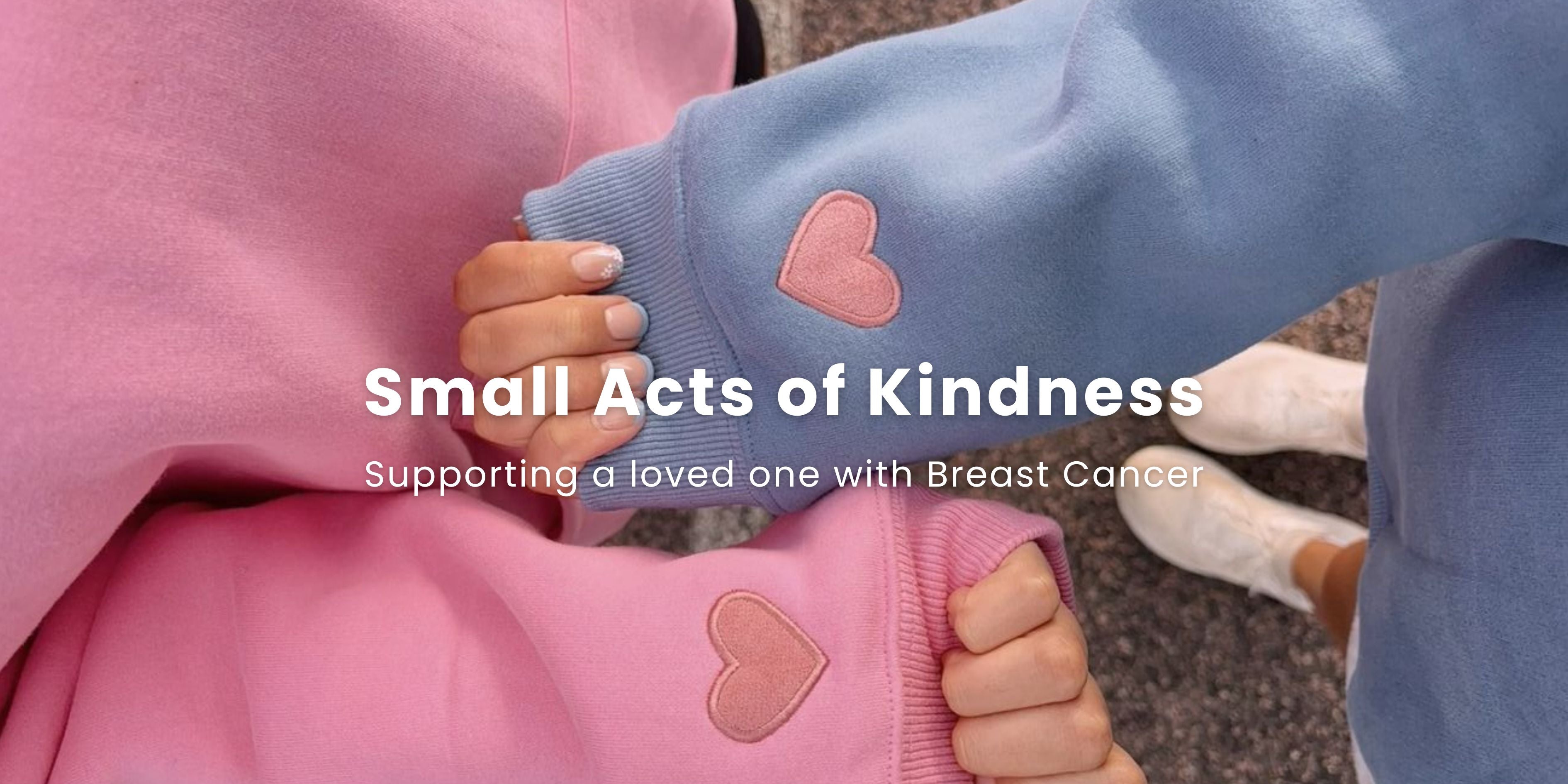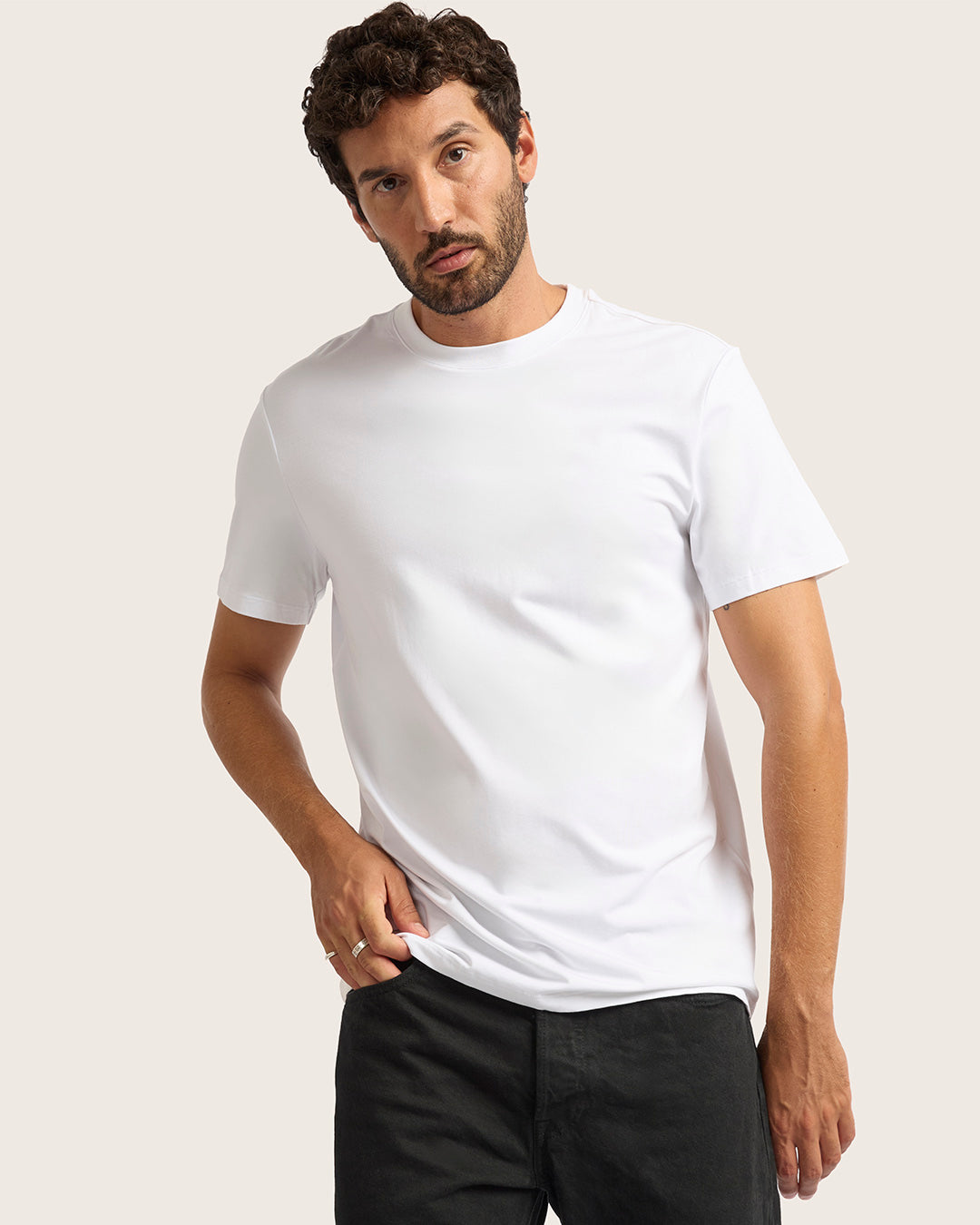We’re all trying to be better stewards of Mother Earth. From recycling to upcycling and eating conscientiously to dressing mindfully, our choices affect the planet.
So choosing organic cotton clothing seems like an easy decision, right?
Not so fast! As with all sustainable choices, it’s important to take a moment to learn a bit more about why organic cotton might win over conventional cotton—and what makes these two materials different in the first place. Read on if you’re interested in learning about organic cotton and whether it’s the best choice for you and the environment.
Conventional cotton
Before we get into debating modern cotton farming techniques, let’s get familiar with the plant we’re talking about: cotton. It’s soft, durable, and probably on your body right now. But what else do you really know about cotton? Here are the basics:
- Cotton comes from the cotton plant – The cotton plant is a warm-season woody perennial shrub from the genus Gossypium and the family Malvaceae. Cotton fabric is made from the plant’s fibrous seed-hair (which is also called a cotton boll).
- Cotton is one of the top agricultural crops – Traditional cotton is the most widespread and profitable non-food crop in the world. Although the plant is capable of growing in any warm-weather climate, India and China are now the top producers of cotton globally.
- Cotton is thirsty – A normal cotton plant requires 10 gallons of water to reach peak potential. That doesn’t sound so bad, but multiplying it outward means it takes about 5,000 gallons of water to produce just 2.2 pounds of cotton fabric.
- Pests think it’s delicious – Not only is cotton thirsty, but it’s prone to pest infestations from bollworms, weevils, aphids, stink bugs, thrips, and spider mites. In order to combat these common pests, conventional cotton is routinely sprayed with a veritable salad-dressing of pesticides, many of which can remain in the soil and water supply for years afterward.
- Cotton harvesting requires defoliation – In order to quickly and efficiently harvest cotton, many commercial growers use chemical defoliants to strip the leaves from the cotton plant prior to harvesting the bolls. Like pesticides, these chemicals remain in the environment and on the cotton itself.

Is organic cotton better?
All of those cotton factoids point pretty compellingly to buying and wearing organic cotton fabric. But first, it’s important to understand what sets this organic alternative apart.
What exactly is “organic” cotton anyway?
You might associate the word organic with your healthy fruits and veggies, but it’s not always clear what this term means when it comes to cotton. For many years, there was no standard definition, but today any cotton product labeled “organic” must meet the following criteria:
- Made with fibers from certified organic crops
- Third-party certified (ie., through the Global Organic Textile Standard) under the National Organic Program standards
- Has a specific percentage of organic material (depending on the crop)
Organic crop standards are defined as follows:
- Land must have had no prohibited substances applied to it for at least three years before the harvest of an organic crop.
- Soil fertility and crop nutrients will be managed through tillage and cultivation practices, crop rotations, and cover crops. These can be supplemented with animal and crop waste materials and allowed synthetic materials.
- Crop pests, weeds, and diseases will be controlled primarily through management practices, including physical, mechanical, and biological controls. When these practices are not sufficient, a biological, botanical, or synthetic substance approved for use on the National List may be used.
- Operations must use organic seeds and other planting stock when available.
- The use of genetic engineering, ionizing radiation, and sewage sludge is prohibited.
What is organic cotton? In short, it’s cotton that is farmed according to these practices and certified organic by the relevant authoritative bodies.
Why should you choose organic cotton?
With fewer pesticides, fewer synthetic chemicals, and more thoughtful cultivation practices, organic cotton can certainly offer a more environmentally friendly choice when compared to regular cotton. Is organic cotton sustainable?
Here are a few other reasons why organic cotton can be a better alternative for you and the earth:
- It’s better for our water resources – According to an analysis by the Textile Exchange, producing an organic cotton T-shirt requires 1,982 fewer gallons of water compared to a regular cotton T-shirt. Because organic cotton uses fewer chemicals, its production also releases fewer toxins into our aquatic ecosystems.
- It’s good for the soil (and our carbon footprint) – According to the Soil Association, more natural cultivation practices and fewer pesticides used by organic cotton farmers can support healthier soil. That soil, in turn, can absorb more carbon from our atmosphere and help keep the planet healthy.
- It encourages biodiversity – Multiple studies have shown that organic farming practices can encourage more diversity among the animal species of our planet.
Sustainability is sometimes in the eye of the beholder. But when it comes to plant-derived textiles, the ones which help us create a healthier world are always a better alternative.

Explore the benefits of bamboo with Boody
Whether you choose to purchase conventional or organic cotton clothing, the fact that you are shopping mindfully for yourself is a win for the environment.
At Boody, we believe in bringing you quality, comfy, sustainable clothing basics that keep you feeling good about yourself and your personal impact on Mother Earth.
From our sleepwear to our loungewear, women’s bamboo shirts to our underwear, sustainable and ethical are our touchstones. Our clothing is made of bamboo viscose, requiring less water than cotton while putting precious oxygen back into the environment. That just feels good, doesn’t it? Explore the bamboo benefits today, with Boody.
Sources:
Britannica. Cotton. https://www.britannica.com/topic/cotton-fibre-and-plant
Cotton. The Story of Cotton - Where Cotton Grows. https://www.cotton.org/pubs/cottoncounts/story/where.cfm
World Wildlife Federation. Cotton. https://www.worldwildlife.org/industries/cotton
Textile Exchange. Quick Guide to Organic Cotton. https://textileexchange.org/quick-guide-to-organic-cotton
Soil Association. What is organic cotton? https://www.soilassociation.org/take-action/organic-living/fashion-textiles/organic-cotton/
USDA. Conservation and Biological Diversity in Organic Production. https://www.usda.gov/media/blog/2016/02/29/conservation-and-biological-diversity-organic-production
Author: Heather Bien
You may also like

Black Friday is almost here - stores are getting ready, deals are dropping, and our inboxes are filling up fast. But at Boody we believe November shouldn’t just be about rushing to buy more. It’s a...

When a loved one is diagnosed with breast cancer, it can be hard to know what to do or say. You want to help, but the journey is so personal that it’s natural to feel unsure. The truth is support d...

October is Breast Cancer Awareness Month When you think about breast cancer recovery, what comes to mind first? For many, it’s the treatments, the check-ups, or the support of loved ones. But...







Leave a comment
All comments are moderated before being published.
This site is protected by hCaptcha and the hCaptcha Privacy Policy and Terms of Service apply.